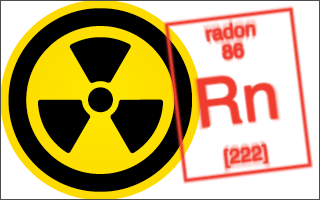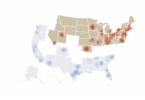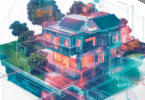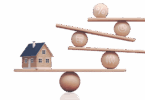Short List
On Guard for Radon
 Radon gas is a colorless, odorless and tasteless radioactive gas. It is formed by the breakdown of uranium, a natural radioactive material found in soil, rock and groundwater. It is also dangerous.
Radon gas is a colorless, odorless and tasteless radioactive gas. It is formed by the breakdown of uranium, a natural radioactive material found in soil, rock and groundwater. It is also dangerous.
Radon is the second leading cause of lung cancer after smoking. In the United States, the EPA estimates that about 21,000 lung cancer deaths each year are radon related, and in Canada that number stands at approximately 3,000.
Experts estimate that nearly one out of every 15 homes in the United States and Canada has an elevated radon level. Within homes, the gas typically moves up through the ground to the air above and into your home through cracks and other holes in the foundation. The home traps radon inside, where it can build up. Any home may have a radon problem this means new and old homes, well-sealed and drafty homes, and homes with or without basements.
Radon testing is the only way to know if a home is at risk from radon. Home inspection experts Pillar To Post conduct a short-term test using a continuous monitor to provide a snapshot of the home to see if it has elevated levels of radon. Testing takes approximately two to three days, and results are provided as a report for the client.
More information about how to check for radon in a clients home or your own home and contact information for your local home inspector is available online.







